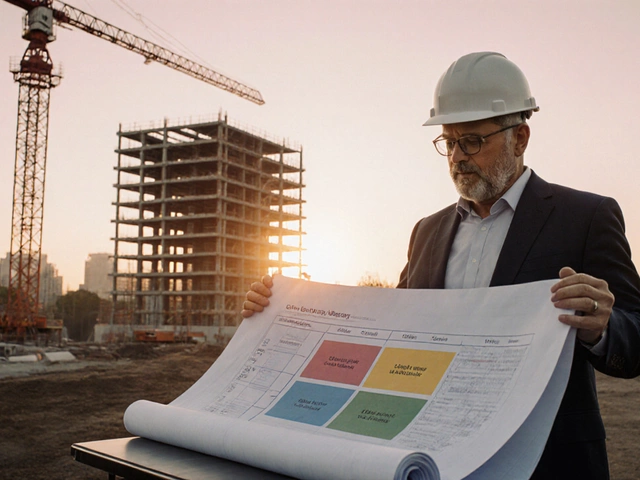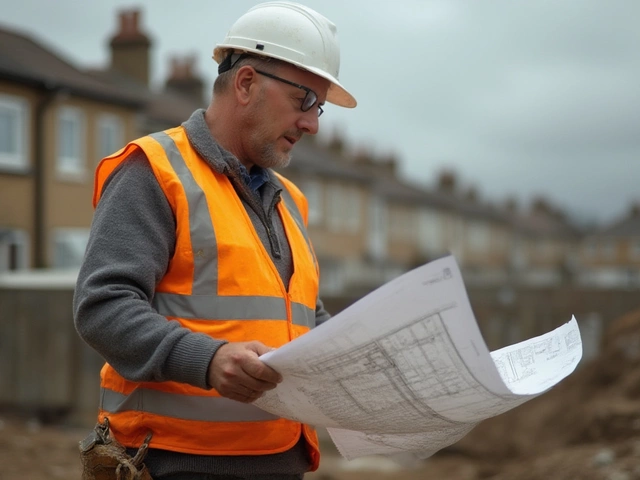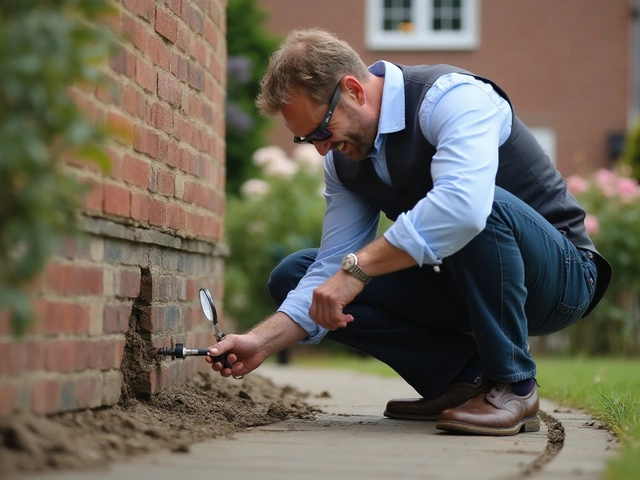New Build Foundation: What You Need to Know
If you’re starting a new build, the foundation is the first thing that decides how solid your house will be. A weak base can lead to cracks, uneven floors, and costly repairs later on. That’s why getting the basics right from day one saves you time, money, and headaches.
Choosing the Right Material
Most builders stick to concrete, but the type of aggregate you use makes a big difference. Limestone from a local quarry, like Lime Hillock, adds strength and durability while keeping transport costs low. Its natural composition blends well with cement, giving you a sturdy mix that resists shrinkage. If you’re on a tight budget, crushed stone or recycled concrete can work too – just make sure it meets the local building code.
Design Tips for a Strong Foundation
Start with a soil test. Knowing whether your ground is clay, sand, or a mix tells you how deep the footings should go. A common rule of thumb is the 345 rule – a 3‑foot wide strip, a 4‑foot deep trench, and a 5‑foot spacing between footings for a typical residential slab. This layout spreads the load evenly and reduces settlement risks.
Don’t forget drainage. Water pooling around the base can weaken even the toughest concrete. Install a perimeter drain and grade the ground so water flows away from the house. A simple French drain or a weep hole in the footing often does the trick.
When you pour the slab, vibrate the concrete to get rid of air pockets. Air pockets become weak spots that crack under pressure. Use a concrete vibrator or a board to tap the surface until the mix looks smooth and level.
Reinforcement is another must‑have. Place steel rebar in a grid pattern, or use welded wire mesh, to keep the slab from cracking under tension. For larger structures, consider adding column pads or a reinforced strip footing where load‑bearing walls sit.
Finally, check the curing process. Keep the fresh concrete damp for at least seven days – a wet canvas or plastic sheet works well. Proper curing lets the cement hydrate fully, giving you maximum strength.
By focusing on these simple steps – picking the right limestone or aggregate, testing soil, planning drainage, reinforcing correctly, and curing properly – you set your new build up for a long, trouble‑free life. A solid foundation not only protects your investment; it also boosts resale value and peace of mind.
How Long Does a New Building Take to Settle? Real Numbers & What to Expect

Curious about how long it takes for a new building to settle? This article breaks down real timelines, key factors that impact settling, and what homeowners can expect in the first several years after moving in. Get practical tips on how to spot harmless settling versus issues that need attention. Save yourself stress by learning what's truly normal during your home's settling phase.
read more



